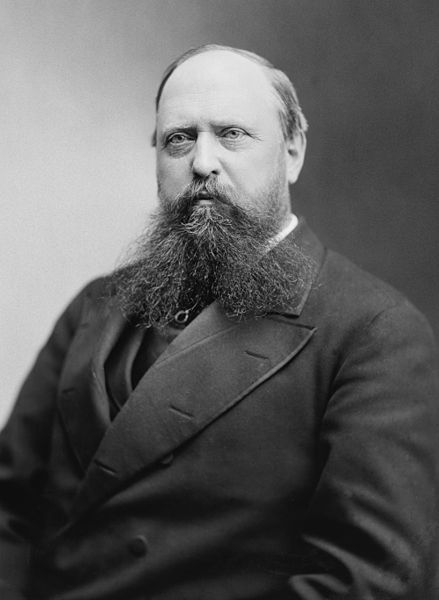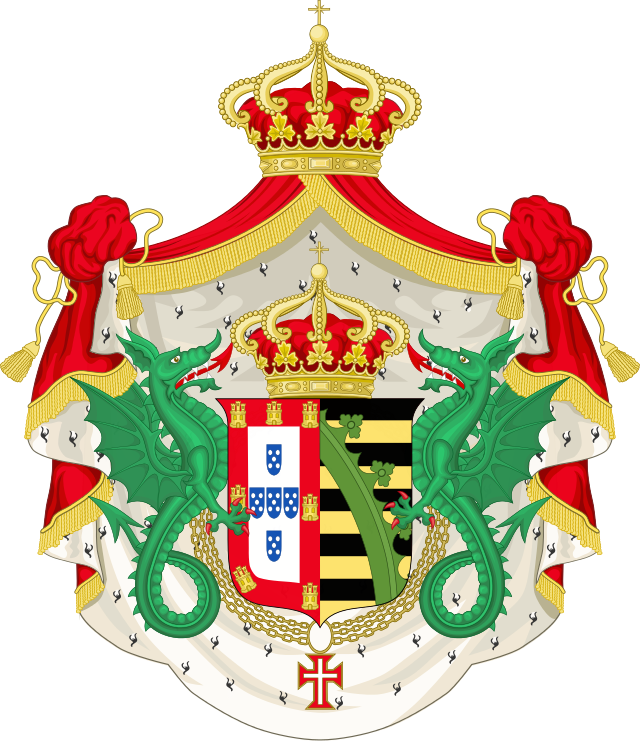He also named the families Allosauridae (1878), Anchisauridae (1885), Camptosauridae (1885), Ceratopsidae (1890), Ceratosauridae, Coeluridae, Diplodocidae (1884), Dryptosauridae (1890), Nodosauridae (1890), Ornithomimidae (1890), Plateosauridae (1895), and Stegosauridae (1880).
He also named many individual species of dinosaurs.
Dinosaurs named by others in honour of Marsh include Hoplitosaurus marshi (Lucas, 1901), Iaceornis marshi (Clarke, 2004), Marshosaurus (Madsen, 1976), Othnielia (Galton, 1977), and Othnielosaurus (Galton, 2007).
Marsh's finds formed the original core of the collection of Yale's Peabody Museum of Natural History. The museum's Great Hall is dominated by the first fossil skeleton of Brontosaurus that he discovered, which was reclassified as Apatosaurus for a time. However, an extensive study published in 2015 concluded that Brontosaurus was a valid genus of sauropod distinct from Apatosaurus.
He donated his home in New Haven, Connecticut, to Yale University in 1899. The Othniel C. Marsh House, now known as Marsh Hall, is designated a National Historic Landmark. The grounds are now known as the Marsh Botanical Garden.
Marsh was elected a member of the American Antiquarian Society in 1877.
Marsh formulated the Law of brain growth, which states that, during the tertiary period, many taxonomic groups presented gradual increase in the size of the brain. This evolutionary law remains being used due to its explanatory, and to a certain extent, predictive potential



.jpg)












.png/400px-Retrato_do_Professor_Bissaya_Barreto_-_Jos%C3%A9_Malhoa_(Casa-Museu_Bissaya_Barreto).png)

.tif/lossy-page1-800px-Nelson_Cavaquinho_(1972).tif.jpg)

_by_Erling_Mandelmann_-_2.jpg)







